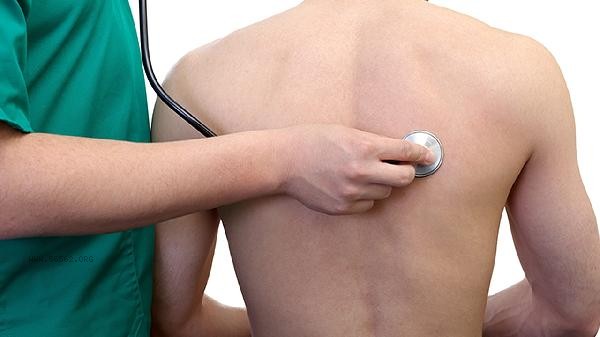When training the posterior deltoid muscle, it will provide a certain degree of exercise, but the targeting is relatively weak. The posterior deltoid muscle mainly participates in horizontal abduction and extension movements of the shoulder joint, while back training mainly involves vertical and horizontal pulling, and the stimulation of the posterior muscle belongs to the coordinated muscle group. In back training, vertical pulling movements such as pull ups and high pull downs are mainly performed through the latissimus dorsi muscle, with the posterior deltoid muscle only participating as an auxiliary muscle group. Rowing activities such as barbell rowing, sitting rowing, and other horizontal pulling movements have a slightly stronger activation effect on the back beam, but still weaker than training specifically designed for the back beam. This is due to the large volume of the back muscles, which can easily dominate the force during training, making it difficult for the posterior muscles to receive sufficient stimulation. If it is necessary to strengthen the posterior deltoid muscle bundle, it is recommended to use targeted movements such as facial pulling and reverse flying. These movements directly stimulate the posterior bundle muscle fibers through horizontal abduction of the shoulder joint, and combined with external rotation movements can better activate this area. During training, the elbow joint angle can be adjusted to 90-120 degrees to maintain scapular stability and avoid compensation of the trapezius muscle. Reverse flying of instruments or stretching of elastic bands are effective ways to isolate the post training bundle.

It is recommended to separate the training of the posterior deltoid muscle from the training of the back, and prioritize completing targeted movements before conducting composite training. Daily shoulder warm-up can be combined to activate the posterior bundle, and after training, fascial relaxation can be used to improve blood circulation. Pay attention to controlling the speed of movements to avoid inertia compensation, gradually increasing the load, and avoiding shoulder joint injuries caused by overtraining.








Comments (0)
Leave a Comment
No comments yet
Be the first to share your thoughts!